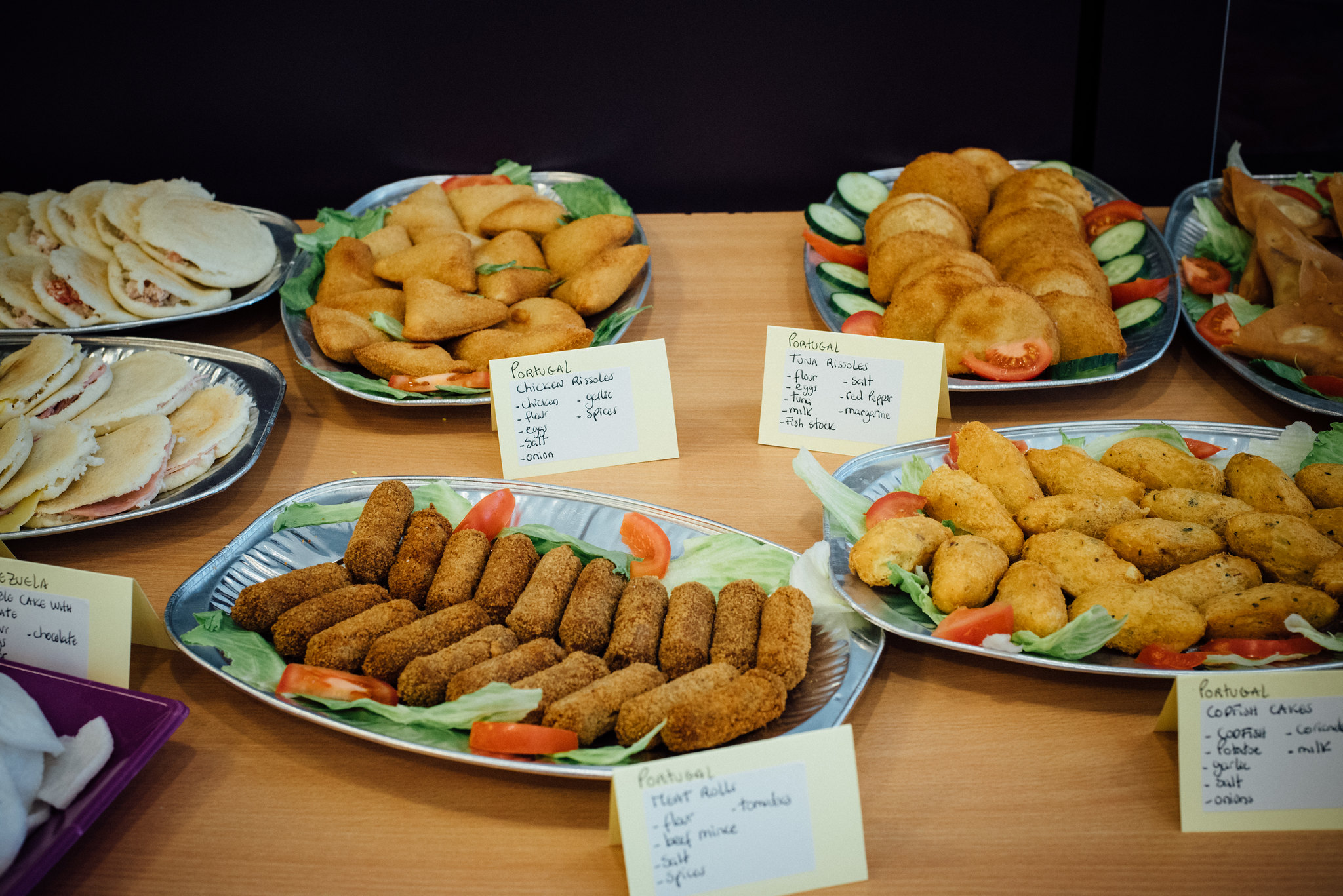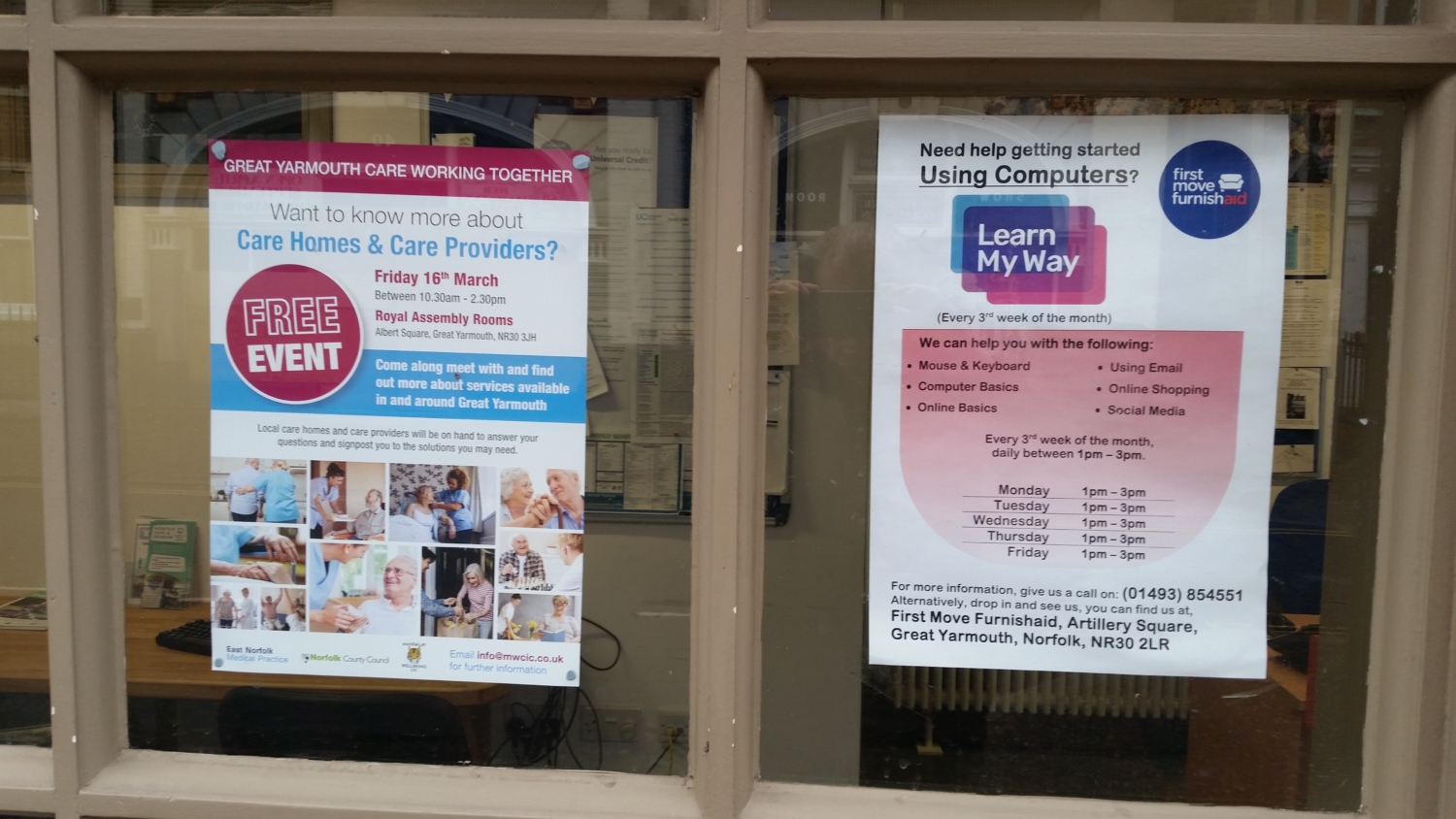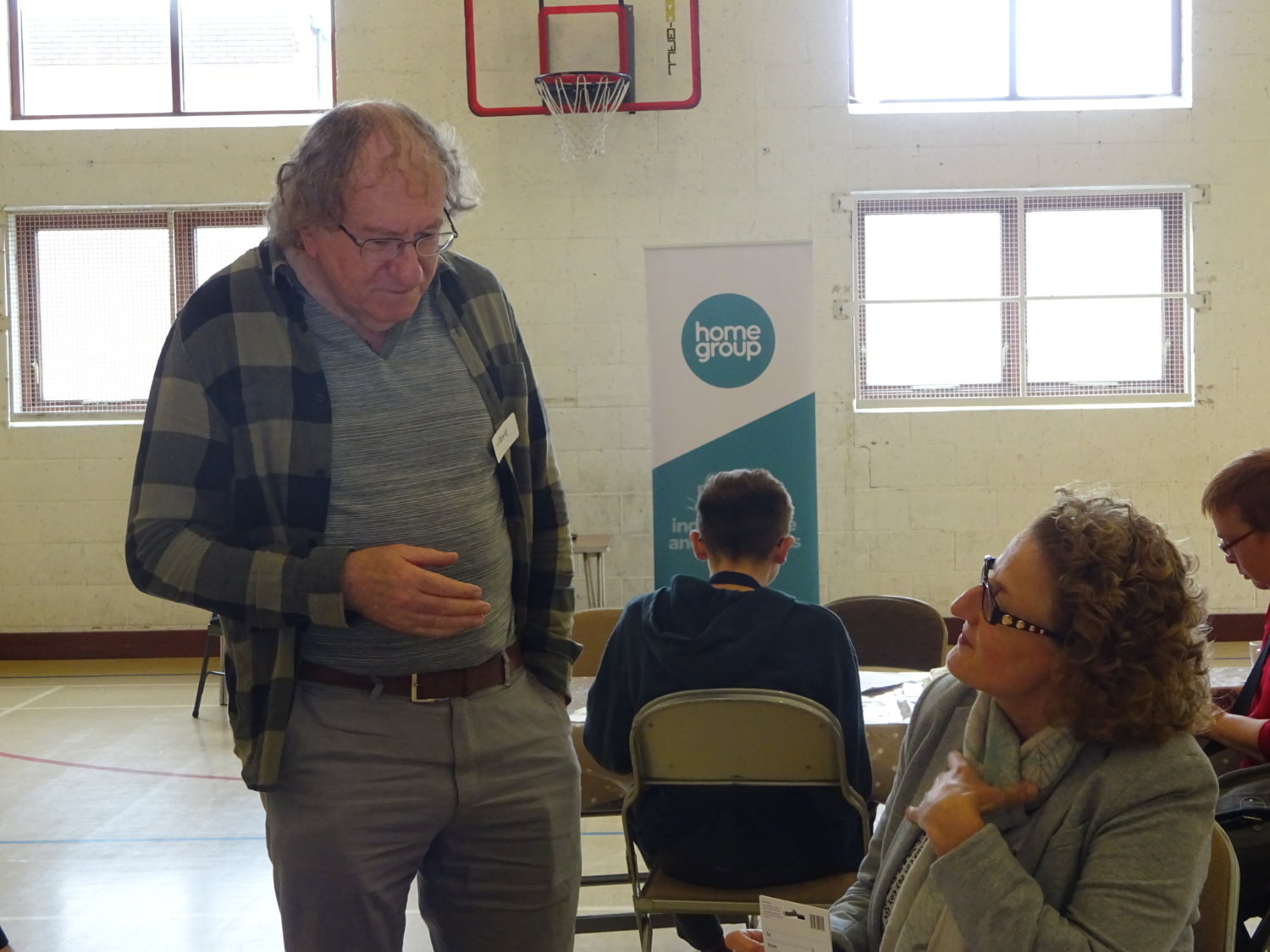If you would like to find out more about how we can tailor our services to meet your needs, please contact us via the email address or telephone number below.
Secure grants from the trusts and foundations
There are about 8,800 grant making trusts and foundations in the UK alone, giving in excess of £2.5 billion to charitable causes each year. Some will consider core funding for your group, though most prefer specific projects. Factors out of your control may affect the funder’s final decision – for example if they run out of budget for their funding round or consider your part of the country to be less of a priority. However, a good application will improve your chances of success.
Serves – charities, and (in some cases) other voluntary and community organisations, or social enterprises
Preparation – clarifying your organisational strategy – what you want to achieve and when, and what projects should you begin with
Cooking time – 1-4 days depending on the complexity of the project and the funder’s requirements; 1-6 months waiting for a decision.
Ingredients
- Project design
- Data on relevant grant-making trusts
- Eligibility
- Relationship
- Funder’s Guidelines
- Application content viz
- Track record, USP and experience in the field
- Key people
- Evidence of need
- User or community involvement
- Aims, objectives, activities and outputs
- Timeline
- Expected outcomes
- Monitoring and evaluation process
- Sustainability
- Case studies (sometimes)
- Endorsements or Referee (sometimes)
- Budget
- Other funding sources
- Proofread
Method
- Think about your project design. What need do you want to meet? What do you want to achieve? How will you do this? Is it realistic for your organisation to do it? Why do you think your activities will lead to the outcomes you want (i.e. the Theory of Change)?
- Research data on grant making trusts to find local, national or international funders that may be relevant. Sources include paper directories and online resources, and the trusts’ accounts on the Charity Commission website. Draw up a shortlist of possible trusts that include those that operate in your geographical area, are interested in your field of work and make grants available of sufficient size to meet your needs. Double check the eligibility of your organisation and your project, and note approaching deadlines. Note some trusts and foundations will only consider your organisation if it is a registered charity, though more are now including Companies Limited by Guarantee and Community Interest Companies, so long as there are at least three unrelated people serving as Directors.
- A relationship with the funder is a big plus. This may already exist if the funder is familiar with your group, or you have a personal contact. Otherwise if you can cultivate a new relationship well and good, for example by getting in touch with them to discuss your project. However, some funders refuse to enter into any discussion until you’ve applied.
- Follow the funder’s application guidelines and process requirements. Many trusts and foundations have their own online form or document that you can download. Be sure to answer all the questions fully and succinctly; usually there is a page, word or character limit.
- Provide information about your organisation’s track record, USP (Unique Selling Point) and experience in the field. If your organisation is new, or unfamiliar to the funder, space permitting it will be worth including endorsements, experience and skills of your key people (you may be asked for these anyway) A referee may be requested.
- Make sure you have enough evidence of need. It’s not enough to say that you believe there is a need, you have to evidence this from your own consultations and any external research and data
- Add in the project aims, objectives, then the outputs and activities you plan to meet these objectives. A timeline should preferably be included, or at least a start and completion date.
- Then add the expected project outcomes – what difference you expect to make. These should be measurable
- Many trusts like to see user or community involvement for community projects, and the involvement itself can be a positive experience for the users. This could include for example their serving on a project advisory committee, or participating in monitoring, or in championing the project to their peers
- Describe how you intend the monitoring and evaluation of the project to be carried out, i.e. how you will measure progress toward achieving the objectives and outcomes, such as through “before and after” surveys
- Prepare a realistic budget. As well as direct costs such as new staff, volunteer expenses, travel and training, don’t forget hidden costs like premises, rent, utilities, office costs and the time existing staff will spend on project activity.
- Many trusts prefer not to fund 100% of a budget; often they’ll only fund up to a maximum anyway. Rather than ask for a contribution it is often better to ask for a specific sum and state how you are going to raise the balance from other funding sources. If you already have raised the balance that would look even better to the Trust.
- It improves your chances if you can refer to sustainability – that you have plans in for the work to carry on in some way after the end of the project. (unless of course yours is a one-off project or a pilot) This might be that the project will demonstrate its worth so you can source long term funding or contracts to keep going, or perhaps in some cases it may lead to deriving an income from trading
- Consider adding case studies and/or endorsements. Some funders require these anyway. They also might ask for an independent referee
- Finally proofread and sense check what you have written. Substitute any jargon or other in-house terminology that may confuse or irritate the reader. Preferably get someone unconnected to read through from the funders’ perspective. Double-check you have met the funder’s application requirements and you have included any additional documentation that is required. Submit in the format requested.
Good luck!




